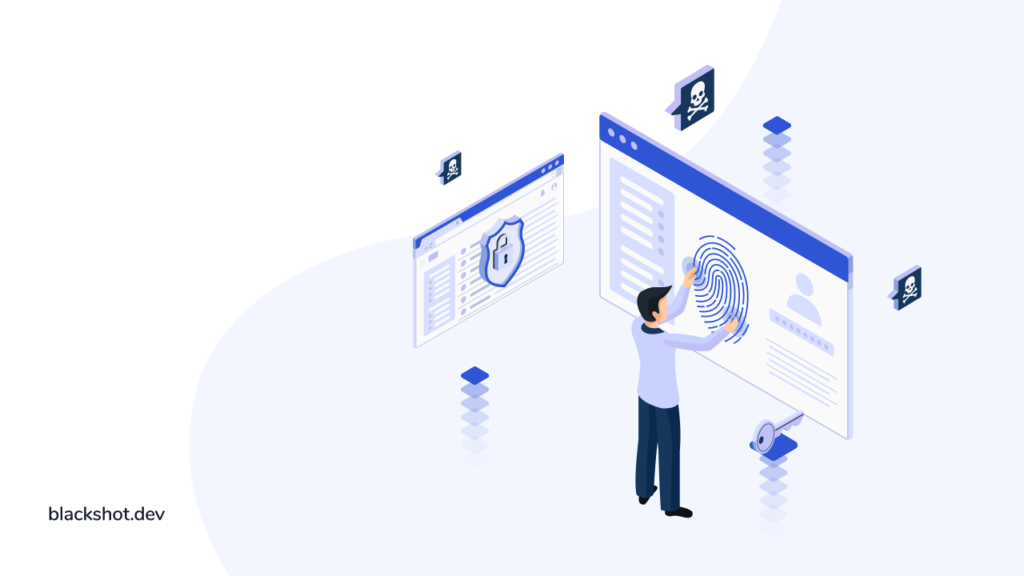
Cybersecurity in 2021
Cybercrime is projected to cost the world more than $6 trillion in 2021, up from $3 trillion in 2015.
Cybersecurity threats include theft of intellectual property, money, and financial information, data destruction, loss of productivity, business disruption, and more other.
If you want to deal with the growing challenges of cybersecurity, it is crutical to consider which prevention measures are of the most important to protect your business. Let’s take a look at some of the cybersecurity forecasts for 2021 and see how you can safely run your business through the year.
CYBERSECURITY THREATS TO WATCH OUT FOR IN 2021
The shift to remote work due to the COVID-19 pandemic has significantly affected network security. As hackers learn to identify company-owned equipment used in the home, they will create attacks that specifically target remote work devices to infiltrate corporate networks.
If you don’t have strict remote security policies and protocols, expect an increase in the number of cyber attacks originating from remote devices.
The fear and uncertainty shrouded in technology is an effective weapon in the arsenal of any hacker. Information about the COVID-19 pandemic is an effective way to attract people to click on links in texts and emails, allowing you to install dangerous malware on the user’s device.
Between January and April 2020, one of Interpol’s private sector partners detected 48,000 malicious URLs, 737 malware incidents, and 907,000 spam messages related to COVID-19. According to experts at Experian, cybercriminals will continue to use the pandemic to wreak havoc in 2021.
The rapid shift to remote technologies due to COVID-19 has led to poor or non-existent security measures in many companies. Companies which are taken by surprise have found themselves struggling to adopt unfamiliar technologies, as well as dealing with employee fears and resistance.
The unplanned introduction of new technologies has led to security breaches that have exposed much of the world to the risk of data leaks. However, the knowledge how to protect your business from these vulnerabilities is not something that all companies, especially small ones, are willing to do.
Partnering with a managed service provider is often the most effective course of action. Taking proactive measures to protect your systems and sensitive data can be a lifesaver for your business.
As hacking and identity theft continued to be a concern “it was only a matter of time before the” username and password » became obsolete. Multi-factor authentication (MFA) will finally become the new norm for system security.
Ransomware attacks will increase as hackers use more sophisticated intrusion techniques. Stealing data before encryption and targeting specific people and organizations are just two ways that cybercriminals can use to achieve their goals.
Mobile devices began to be used in business in a completely unexpected way just a few years ago. And the hackers realized that they could take advantage of this in order to penetrate through mobile devices and access personal and business accounts.
Experts predict that mobile devices will be compromised in new ways — even through app stores. If your company supports the BYOD (bring your own device) policy, make sure that it is up-to-date and that employees comply with the security standards you set.
The review was prepared by experts from the company blackshot.dev